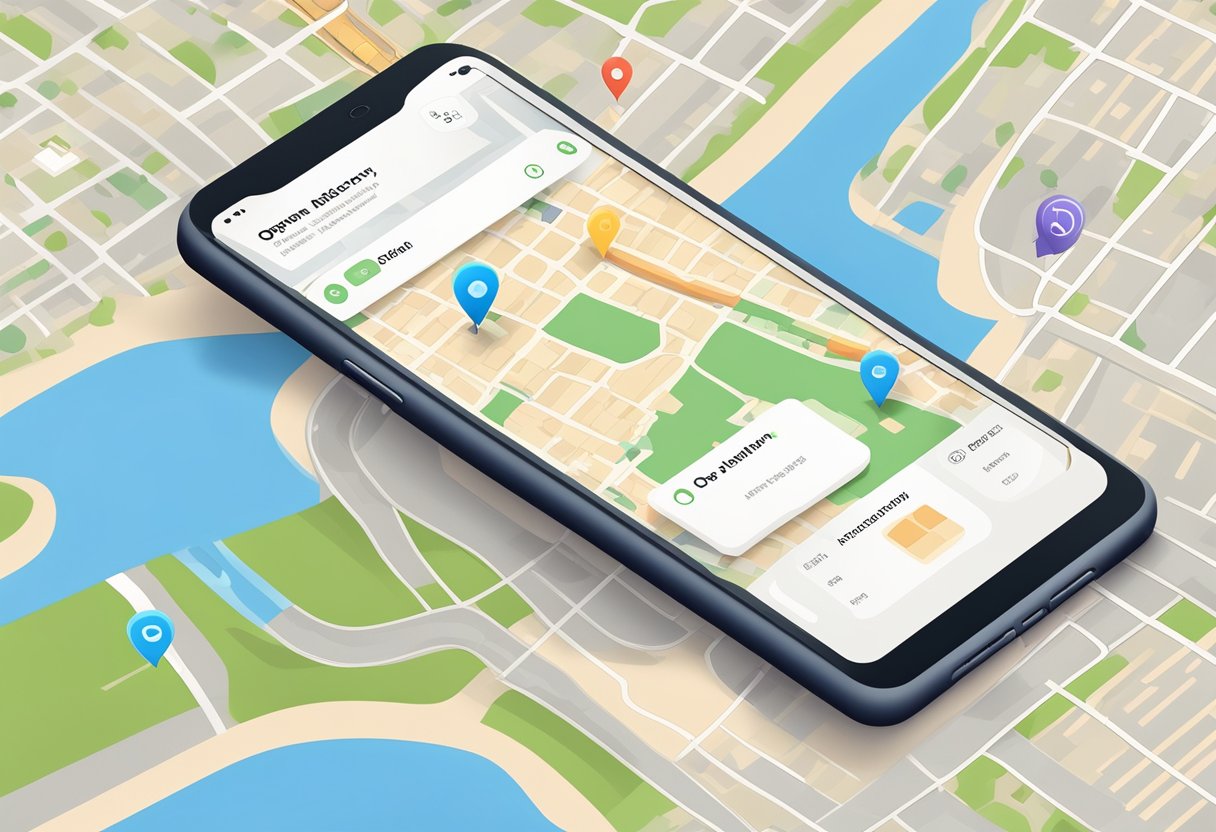React Native has become one of the most popular frameworks for building mobile apps, and it’s no surprise that many food delivery apps are now being built using this technology. With React Native, developers can create high-quality apps that are fast, responsive, and reliable. In this guide, we’ll take a look at how to build food delivery apps with React Native, focusing on location-based services and payments.

Location-based services are essential for food delivery apps, as they allow users to find nearby restaurants and track their orders in real-time. React Native provides a number of tools for integrating location-based services into your app, including the Geolocation API and third-party libraries like React Native Maps. By using these tools, you can create a seamless user experience that makes it easy for customers to order food from their favorite restaurants.
Payments are another crucial aspect of food delivery apps, and React Native offers a range of options for integrating payment systems into your app. From traditional credit card payments to newer technologies like Apple Pay and Google Pay, there are many ways to make it easy for customers to pay for their orders. By using React Native’s built-in payment integrations or third-party libraries like Stripe, you can create a secure and reliable payment system that meets the needs of your customers.
Índice De Conteúdo
Building the Foundation
When it comes to building a food delivery app with React Native, it’s important to start with a solid foundation. This means setting up the development environment, understanding React Native basics, and designing the app structure.
Setting Up the Development Environment
Before starting to code, it’s important to set up the development environment. This involves installing the necessary software and tools, such as Node.js, React Native CLI, and Android Studio or Xcode.
To make the process easier, React Native offers a command-line interface (CLI) that automates much of the setup process. This can be installed using npm, the Node.js package manager.
Understanding React Native Basics
React Native is a JavaScript framework that allows developers to build mobile apps using a single codebase. It works by translating JavaScript code into native code, which allows the app to run on both iOS and Android devices.
To get started with React Native, it’s important to have a basic understanding of JavaScript and React. This includes knowledge of components, state, props, and JSX.
Designing the App Structure
Once the development environment is set up and the basics of React Native are understood, it’s time to start designing the app structure. This involves deciding on the components that will be used, as well as the overall layout and flow of the app.
To make this process easier, it’s helpful to create a wireframe or mockup of the app. This can be done using a tool like Sketch or Figma, which allows developers to create a visual representation of the app before starting to code.
By taking the time to set up the development environment, understand React Native basics, and design the app structure, developers can ensure that they have a solid foundation for building a food delivery app with React Native.
Implementing Core Features
Building a food delivery app with React Native requires the implementation of core features such as location-based services, payments and transactions, user-friendly interface, and real-time data synchronization. In this section, we will discuss how to implement these features.
Integrating Location-Based Services
Location-based services are essential for food delivery apps as they allow users to track their orders and delivery persons. React Native provides various libraries for implementing location-based services such as react-native-maps, react-native-geolocation-service, and react-native-location. These libraries allow developers to integrate maps, geolocation, and location tracking into their apps easily.
Handling Payments and Transactions
Payments and transactions are crucial features of any food delivery app. Developers can use various payment gateways such as Stripe, PayPal, or Braintree to handle payments. React Native provides libraries such as react-native-payments and react-native-stripe to integrate payments into the app.
Creating a User-Friendly Interface
A user-friendly interface is essential for any app to provide a good user experience. Developers can use various UI libraries such as React Native Elements, NativeBase, or Shoutem UI to create a user-friendly interface. These libraries provide pre-built UI components such as buttons, forms, and cards, which can be easily customized.
Ensuring Real-Time Data Synchronization
Real-time data synchronization is essential for food delivery apps as it allows users to track their orders and delivery persons in real-time. Developers can use various real-time databases such as Firebase Realtime Database or GraphQL subscriptions to ensure real-time data synchronization. These databases allow developers to synchronize data in real-time between the app and the server.
In conclusion, implementing core features such as location-based services, payments and transactions, user-friendly interface, and real-time data synchronization is crucial for building a successful food delivery app with React Native. By following the guidelines discussed in this section, developers can easily implement these features and provide a good user experience to their users.

